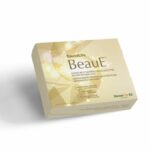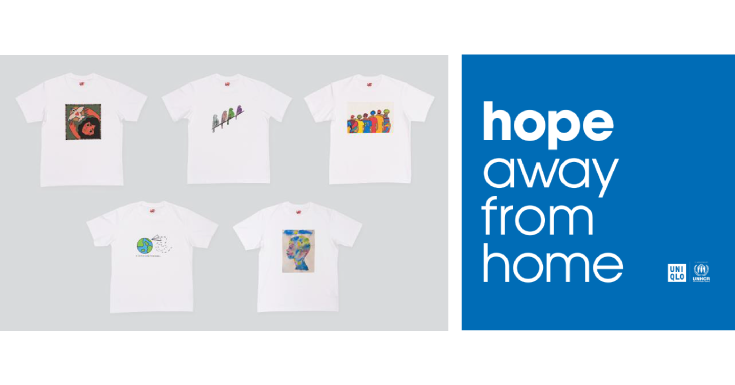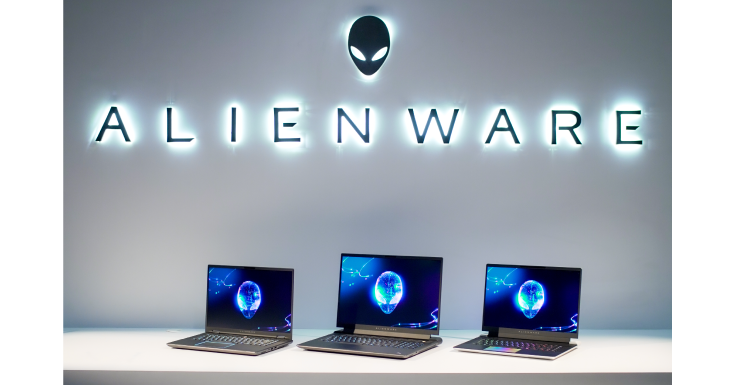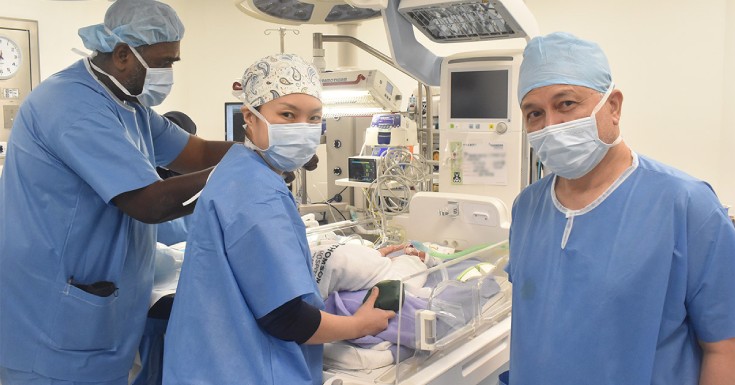The Healthy Truth About Nasi Lemak
Time Magazine recently published a list of 10 Healthy International Breakfasts and Malaysians everywhere rejoiced because Nasi Lemak made it onto the list.
A favourite breakfast (and lunch and dinner!) of many, the article seems to be giving us the green light to indulge in this delicious dish free of guilt. It mentions that “there’s a bit more fat than is good for you” but also that it is “balanced with lots of manganese, protein and carbs. The chilli in the sambal also boosts metabolism”.
For those who are not familiar with the dish (where have you been?!), Nasi Lemak is rice cooked in coconut milk and garnished with anchovies, cucumbers, roasted peanuts, hard boiled egg and spicy sambal sauce.
So what makes this dish good for us? Let’s break it down, shall we?
Table of Contents
Cucumber
Cucumbers are made of 95% water (which helps to keep you hydrated in our very hot climate), very low in calories and contain an array of goodness – vitamin K, B vitamins, copper, potassium, vitamin C, and manganese. They’re also high in fibre.
Cons: None. A perfect snack.
Rice
As mentioned, the rice is cooked in coconut milk. And while coconut milk was once thought to be bad for you, it has now made its way into the healthy food list for many people. Coconut milk contains lauric acid which is used by the body for energy, and while coconut milk consists of mainly saturated fats, these are actually good for you and can in fact lower your cholesterol, which is the opposite of the general perception. It can also improve blood pressure, and lower the risks of heart attacks and strokes.
Cons: White rice itself doesn’t contain much nutrients – they are basically pure carbohydrates. So you may want to watch your intake of this. Substitute the white rice for brown rice or even switch it with quinoa. Try coconut oil tossed brown rice/quinoa for an even healthier alternative.
Anchovies
The anchovies used are the dried variety, and the nutrients in the fish are preserved through the drying process. This means that the fish contains only the good stuff (healthy fats, protein, calcium) and nothing else; provided you get them from a good source. Some not-so-good varieties may contain MSG. In Nasi Lemak, the anchovies are lightly fried.
Cons: The rather salty taste of the anchovies is an indicator that it contains a fair amount of sodium. To reduce this, you may soak them in water for a while before using them. And to avoid the bad fats that comes with frying, try toasting them in a pan or in an oven toaster instead.
Hard Boiled Egg
Eggs are a nutrient-dense food. One egg has varying amounts of essential vitamins and minerals, and has only 70 calories. Eggs contain iron, vitamins A, D, E and B12, folate, selenium, lutein and zeaxanthin, choline and are an excellent source of high-quality protein.
Cons: None, really. The humble egg has been cleared of its bad reputation and it is now recognized as a premium source of protein. The cholesterol content that used to be egg’s downfall has been discovered to not contribute much to blood cholesterol levels.
Roasted Peanuts
Peanuts are rich in monounsaturated fat, which is beneficial for maintaining a healthy heart. Apart from that, peanuts also contain a number of other nutrients such as vitamin E, niacin, folate, protein and manganese.
Cons: Although peanuts are good for you, they are high in calories if you’re watching your weight. Just don’t go overboard with the nuts.
Sambal
The main ingredients of the sambal are chilli, onion and garlic. Based on these ingredients, this spicy condiment doesn’t really have much going against it. Spicy food has long been known for its health promoting properties and chilli reduces inflammation, increases metabolism, strengthens the immune system and helps fight diseases through the Capsaicin that it contains. Populations that have more spices in their diet have even shown to have less cases of cancer. The Chinese Academy of Medical Sciences has now also found that eating spicy food is linked to living a longer life.
Cons: The way sambal is prepared by some may incorporate a lot of oil and even sugar. If you are preparing your own, cut down on these two. If not, don’t indulge too much.
So there you have it! While the Nasi Lemak may have its good and bad points, it sounds like a fairly balanced dish which can be made healthier with a few adjustments here and there. So the TIME article is not without its merits. However, before you break open yet another packet of Nasi Lemak, here’s some food for thought (pun intended).
The breakfasts mentioned in TIME magazine’s list of international breakfasts are deemed healthy when compared to the standard American breakfast of “sugar-soaked cereals, juice, or bacon-egg-and-cheeses”. So while our Nasi Lemak may be delicious and nutritious, enjoy in moderation, folks!





















Leave a comment